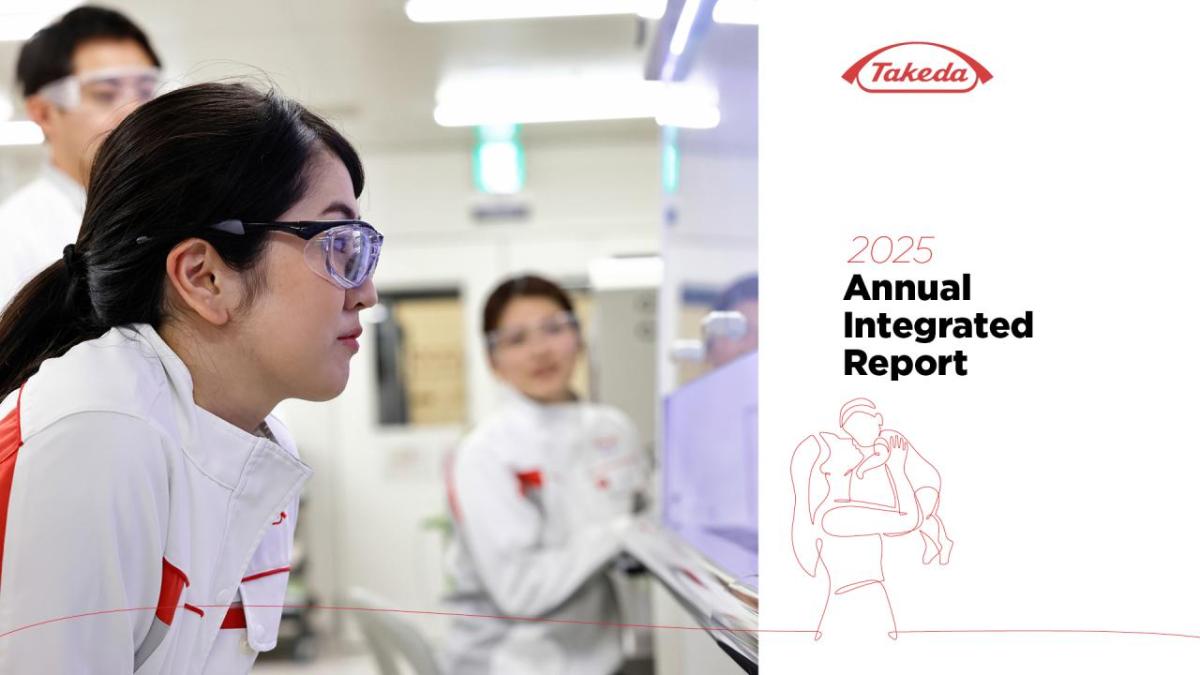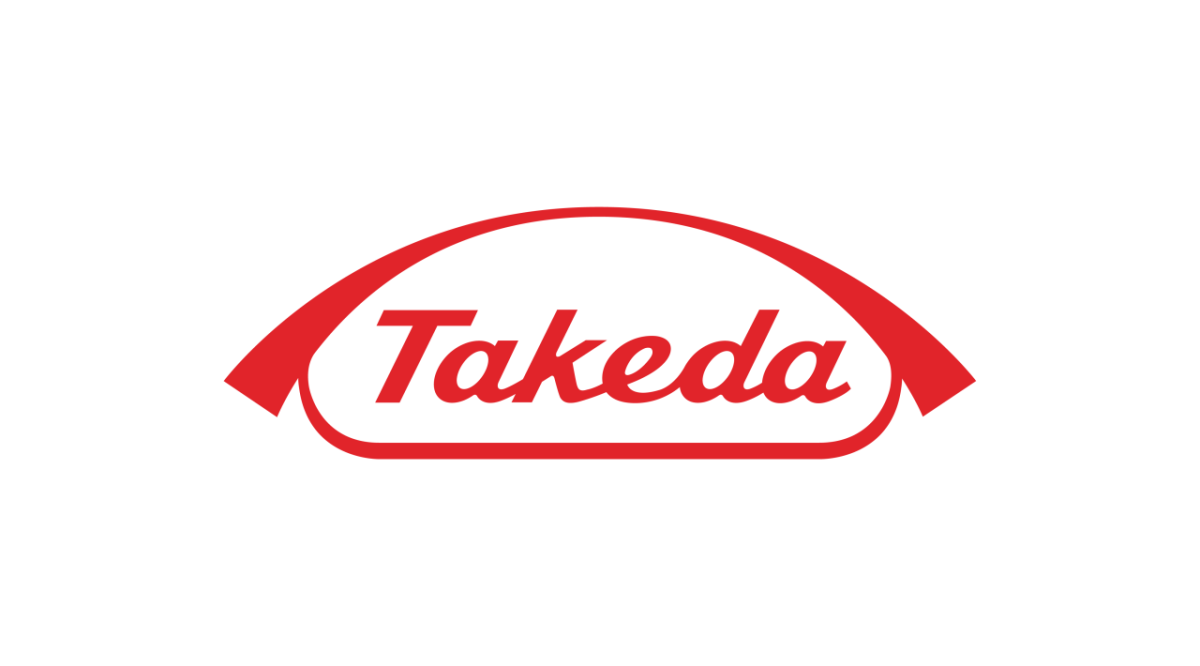Takeda Report Highlights Company’s Commitment to Cutting-Edge Science, Putting Patients First
Takeda is pleased to announce the publication of its 2025 Annual Integrated Report. The Report, available in both English and Japanese, sets out:
- How Takeda is investing in discovering and developing new, life-transforming treatments
- How the company is working with others to strengthen health care systems around the world
- And, how it’s using new data and digital technologies to revolutionize drug discovery and development.
The Report looks back on a successful FY2024 – a year of strong business performance and renewed confidence in the company’s growth outlook.
It also highlights Takeda’s efforts to minimize its impact on the environment, support innovation and create a culture of lifelong learning for its approximately 50,000 employees worldwide.
“We are enhancing efficiency, growth and resilience across our organization… I am confident that we have a sustainable business strategy that will serve patients, society and shareholders well in the years ahead.”
- Christophe Weber, Takeda President and Chief Executive Officer
Highlights of Takeda’s 2025 Annual Integrated Report
Groundbreaking science
In FY2024, Takeda invested USD 4.9 billion in research and development (R&D). Recent R&D investments have helped the company establish an exciting late-stage pipeline, with the potential to deliver significant value to both patients and Takeda in the coming years.
These late-stage programs are backed up by the company’s cutting-edge research organization and a highly innovative early- to mid-stage pipeline.
Takeda’s portfolio of Growth & Launch products, meanwhile, accounted for 48% of the company’s revenue in FY2024. These products include ENTYVIO®, a treatment for ulcerative colitis and Crohn’s disease, QDENGA®, Takeda’s dengue fever vaccine, and FRUZAQLA®, used in the treatment of metastatic colorectal cancer.
- First approved in 2022, Qdenga® is now available to help combat rising cases of dengue fever in 29 countries worldwide.
“In this line of work, you have to believe that cures are possible for both rare and more prevalent diseases. They’re possible because we’re living at a time of unparalleled scientific understanding and discovery.”
- Andy Plump, Takeda President of Research and Development
Putting patients first
Takeda is working to remove the many complex social barriers that can prevent people getting the treatment they need.
That means helping train new health workers, improve prevention, screening and diagnosis, and provide financial assistance to patients who can’t afford treatment.
Currently, Takeda is working closely with governments and NGOs to strengthen health care systems in more than 80 Low- and Middle-income countries.
At the same time, the company has partnerships with community organizations across the U.S., reaching nearly 11 million people in FY2024 – improving access to health care, as well as supporting better nutrition and vital education in Science, Technology, Engineering and Math.
- Since 2017, Takeda has enrolled 8,193 people in patient assistance programs in LMICs and countries with evolving health care systems, helping bridge the affordability gap for patients unable to afford prescribed medicines.
Creating a digital pipeline
Digital technology is transforming health care. Takeda is using more real-world and smart technologies like AI to bring better medicines to patients faster.
In doing so, Takeda is creating a digital pipeline to mirror its R&D pipeline, making investments that will revolutionize the company’s approach to developing, manufacturing and marketing its medicines and vaccines.
In particular, the company sees more and more uses for AI – in everything from processing clinical trial data to identifying new efficiencies in its manufacturing.
During the year, Takeda launched Takeda.AI – a hub that brings together its AI initiatives – and Takeda.IO, which allows company teams to create and develop new prototypes in a controlled, secure “sandbox” environment.
- Takeda has 5 Innovation Capability Centers (ICCs) globally. With our ICCs, we’re building many of own AI and GenAI models.



